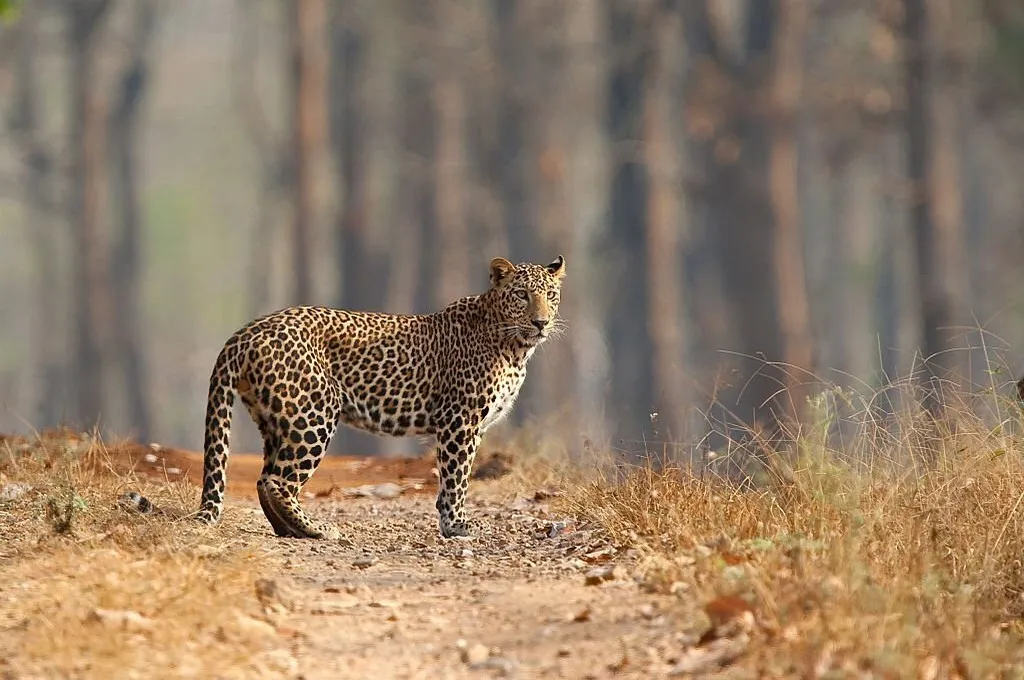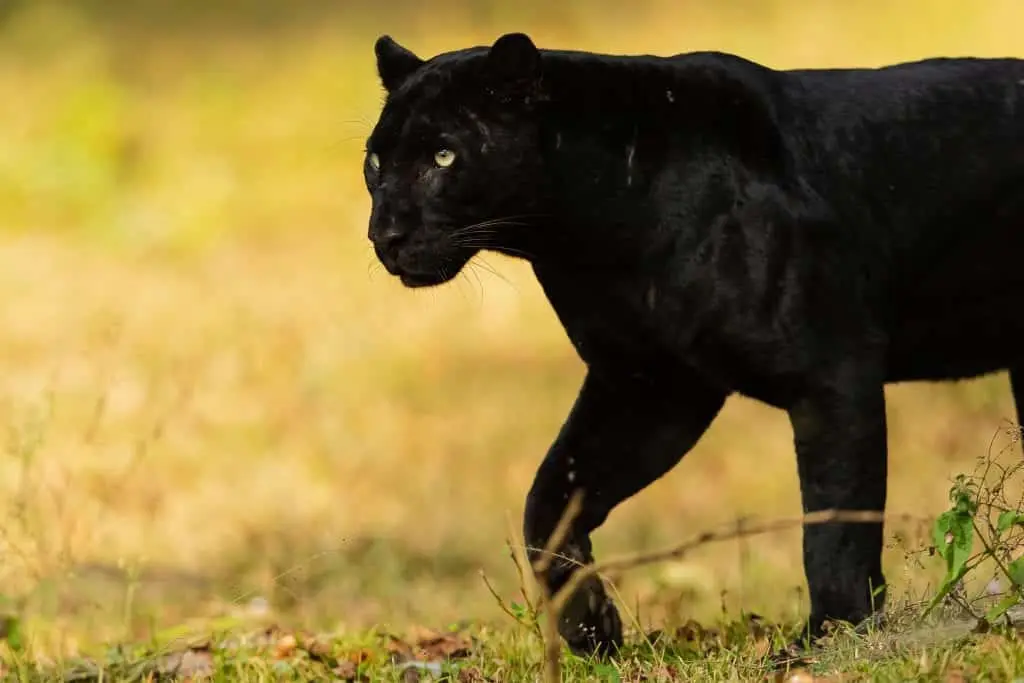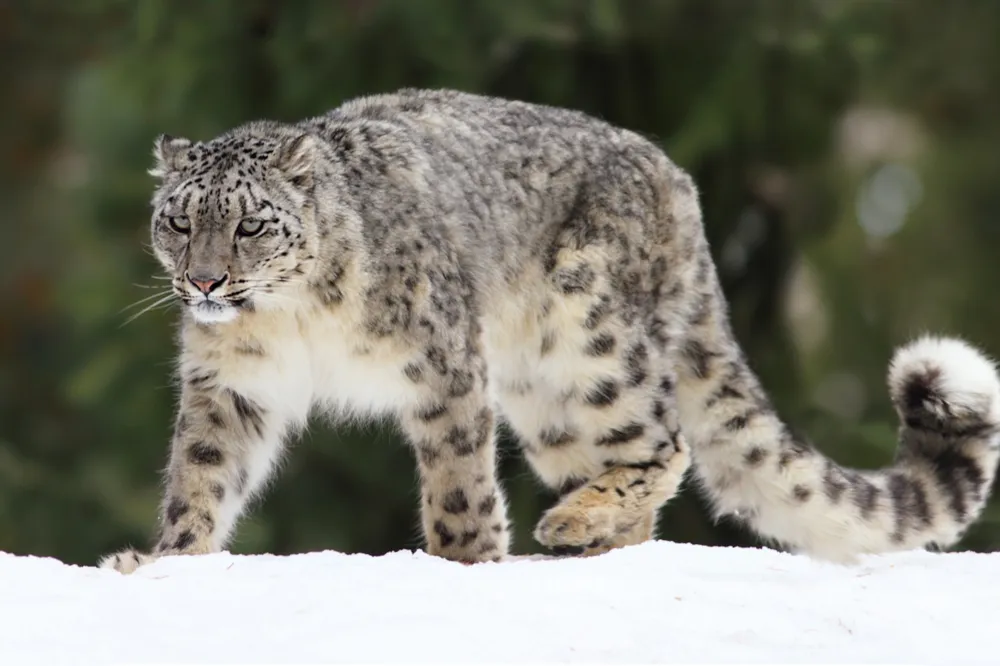India, known for its incredible biodiversity, is the only country that hosts all five iconic big cat species. Though tigers and lions often steal the spotlight, leopards play a fascinating and essential role in India’s wild ecosystems. India is home to not one, but three leopard species, each with unique characteristics and adaptations that make them remarkable and distinct.
Leopards, known for their stealth and camouflaging abilities, blend seamlessly into forests and grasslands. With coats patterned in rosettes, they can remain nearly invisible, a skill that aids in evading other carnivores and enhancing their survival in the wild. This blog explores each of these leopard species, their conservation status, unique habits, and where you can find them in India’s wilderness.
-
Indian Common Leopard (Panthera pardus fusca)

Conservation Status: Vulnerable
Size: Male 203-243 cm, Female 180-208 cm
Weight: Male 45-77 kg, Female 30-45 kg
Habitat and Sightings
The Indian common leopard is widespread, found in various landscapes except for the trans-Himalayas and arid western deserts. Adaptable and resilient, these leopards thrive even near urban areas, from cities like Mumbai and Shimla to the outskirts of Bangalore.
Best Places to Spot
– Jhalana Leopard Reserve
– Jawai Bandh Leopard Conservation Reserve
– Gir National Park
– Panna Tiger Reserve
– Satpura Tiger Reserve
Indian leopards are versatile hunters, capable of preying on animals from large deer to small rodents. Known for their impressive climbing skills, they can evade larger predators like tigers by scaling trees. Their distinctive rosette spots, unique to each leopard, make identifying individuals easier with tools like camera traps. Madhya Pradesh is home to a significant population, thanks to the high density of both leopards and tigers.
-
Black Panther (Melanistic Leopard)

Conservation Status: Same as Indian Leopard
Size and Weight: Same as Indian common leopard
Habitat and Sightings
The black panther is a rare melanistic variant of the common leopard, distinguished by an excess of melanin, which results in a black coat. This natural color variation provides effective camouflage in dense forests. These elusive leopards are seen primarily in South Indian forests and parts of Northeast India.
Best Places to Spot
– Kabini Tiger Reserve
– Nagarhole Tiger Reserve
– Tadoba Andhari Tiger Reserve
– Pench Tiger Reserve
Though uncommon, these striking leopards are occasionally spotted in Kabini, where photographers and enthusiasts often capture them amidst dense jungle foliage.
-
Snow Leopard (Panthera uncia)

Conservation Status: Vulnerable
Size: 86-125 cm
Weight: Male 45-55 kg, Female 35-40 kg
Habitat and Sightings
Known as the “ghost of the mountains,” the snow leopard thrives in the high-altitude terrain of the trans-Himalayan regions. India’s population of these leopards primarily inhabits the Ladakh region, with sightings possible in Himachal Pradesh, Uttarakhand, Sikkim, and Arunachal Pradesh.
Best Places to Spot
– Hemis National Park
– Kargil Region
– Ulley Valley, Ladakh
Spotting a snow leopard is a rare experience, usually involving treks across rugged mountain landscapes. During winter, they descend to lower altitudes, increasing chances of sightings. The snow leopard’s striking coat, a mix of grey and black rosettes, is well-suited for blending with rocky and snowy terrain, making them nearly invisible.
-
Clouded Leopard (Neofelis nebulosa)
Conservation Status: Vulnerable
Size: Male 68.5-106.5 cm
Weight: 11-23 kg
Habitat and Sightings
The clouded leopard, smaller than its other leopard cousins, dwells in the dense, humid forests of Northeast India. Their ochre fur, patterned with unique grey and black “cloud” markings, provides a distinct and captivating look.
Best Places to Spot
– Balphakram National Park
– Sepahijala Wildlife Sanctuary
– Clouded Leopard National Park
While difficult to spot in the wild, Clouded Leopard National Park offers a glimpse of these cats in an environment resembling their natural habitat. Clouded leopards are highly arboreal, often ambushing prey from trees, a skill that sets them apart.
Leopards in India are awe-inspiring, each species contributing to the country’s biodiversity. As we strive to protect their habitats and promote coexistence, we protect more than just these majestic creatures—we preserve an integral part of India’s ecological and cultural heritage for future generations.

